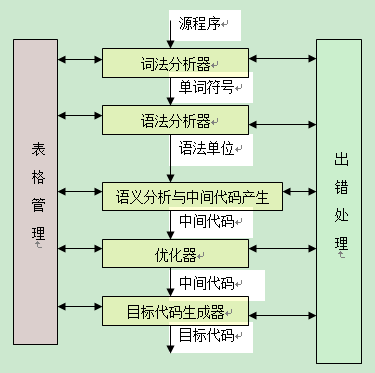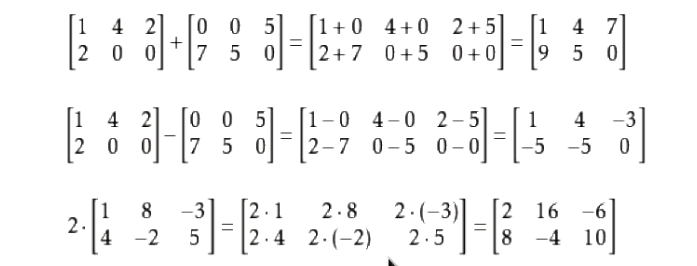I have a problem I hope you guys can help me solve.
I have got a DbGeometry point (or DbGeography, I can use both) and I would like to check if this is within a DbGeometry Polygon (alternatively a DbGeography).
I am doing this at the moment:
var dbZones = new List<WasteManager.Database.Zone>();
foreach(var zone in zones)
{
var res = from z in DatabaseContext.Zones
let boundary =
!z.BoundaryGeometry.IsValid
? SqlSpatialFunctions.MakeValid(z.BoundaryGeometry)
: z.BoundaryGeometry
where z.ID == zone.ID && point.Within(boundary)
select z;
if(res.FirstOrDefault() != null) dbZones.Add(res.FirstOrDefault());
}
So I iterate through zones (EF entity of my db) and check if this point I have is within this boundary.
Problem is that it does not return any result, but I know that that point is within that boundary because I created manually the boundary and the point to be inside that boundary.
Can anyone tell me if what I am doing is wrong, if there is another way to do this or whatever else?
Much appreciate.
Manuel
I would like to add a comment to Nick Strupat.
You should be carefull with ring orientation.
SQL Server uses left-handed orientation, which means that if you are walking along the perimeter of a polygon, your left hand should be on the inside of the polygon and your right hand on the outside (counter-clockwise or anti-clockwise). I got the “ring orientation” error because I drew my polygon in the opposite direction (clockwise, or right-handed) which meant that SQL Server was treating the whole surface of the earth EXCEPT FOR my polygon as the area of the polygon.
To check if a point is in the polygon you should always use point.Intersects(polygon) and not !point.Intersects(polygon).
There is a solution to check if your polygon is ok or not by checking the size of the Area,
For more information go to :
https://blog.falafel.com/ring-orientation-sql-spatial/
Here is my code based on the blog explanation :
private bool isInside(DbGeography polygon, double longitude, double latitude)
{
DbGeography point = DbGeography.FromText(string.Format("POINT({1} {0})", latitude.ToString().Replace(',', '.'), longitude.ToString().Replace(',','.')), DbGeography.DefaultCoordinateSystemId);
// If the polygon area is larger than an earth hemisphere (510 Trillion m2 / 2), we know it needs to be fixed
if (polygon.Area.HasValue && polygon.Area.Value > 255000000000000L)
{
// Convert our DbGeography polygon into a SqlGeography object for the ReorientObject() call
SqlGeography sqlPolygon = SqlGeography.STGeomFromWKB(new System.Data.SqlTypes.SqlBytes(polygon.AsBinary()), DbGeography.DefaultCoordinateSystemId);
// ReorientObject will flip the polygon so the outside becomes the inside
sqlPolygon = sqlPolygon.ReorientObject();
// Convert the SqlGeography object back into DbGeography
polygon = DbGeography.FromBinary(sqlPolygon.STAsBinary().Value);
}
return point.Intersects(polygon);
}
It's quite easy actually.
bool isInside(DbGeometry polygon, double longitude, double latitude) //or DbGeography in your case
{
DbGeometry point = DbGeometry.FromText(string.Format("POINT({0} {1})",longitude, latitude), 4326);
return polygon.Contains(point);
}
I would also like to add a comment but to @BenoitGlaizette.
The code polygon.Area.HasValue can throw the following error for some Multipolygons.
ArgumentException: 24144: This operation cannot be completed because
the instance is not valid. Use MakeValid to convert the instance to a
valid instance. Note that MakeValid may cause the points of a geometry
instance to shift slightly.
However this won't occur if we convert to SqlGeography directly.
public bool IsInside(DbGeography polygon, double longitude, double latitude)
{
DbGeography point = DbGeography.FromText(string.Format("POINT({1} {0})", latitude.ToString().Replace(',', '.'), longitude.ToString().Replace(',', '.')), DbGeography.DefaultCoordinateSystemId);
var wellKnownText = polygon.AsText();
var sqlGeography =
SqlGeography.STGeomFromText(new SqlChars(wellKnownText), DbGeography.DefaultCoordinateSystemId)
.MakeValid();
//Now get the inversion of the above area
var invertedSqlGeography = sqlGeography.ReorientObject();
//Whichever of these is smaller is the enclosed polygon, so we use that one.
if (sqlGeography.STArea() > invertedSqlGeography.STArea())
{
sqlGeography = invertedSqlGeography;
}
polygon = DbSpatialServices.Default.GeographyFromProviderValue(sqlGeography);
return point.Intersects(polygon);
}
For those that use Entity Framework 5<:
I use this extension method to check every Polygon and Multipolygon before saving them to the database.
public static DbGeography MakePolygonValid(this DbGeography geom)
{
var wellKnownText = geom.AsText();
//First, get the area defined by the well-known text using left-hand rule
var sqlGeography =
SqlGeography.STGeomFromText(new SqlChars(wellKnownText), DbGeography.DefaultCoordinateSystemId)
.MakeValid();
//Now get the inversion of the above area
var invertedSqlGeography = sqlGeography.ReorientObject();
//Whichever of these is smaller is the enclosed polygon, so we use that one.
if (sqlGeography.STArea() > invertedSqlGeography.STArea())
{
sqlGeography = invertedSqlGeography;
}
return DbSpatialServices.Default.GeographyFromProviderValue(sqlGeography);
}
I can then use a method like this to check Intersects at database level.
public static class GeoHelper
{
public const int SridGoogleMaps = 4326;
public const int SridCustomMap = 3857;
public static DbGeography PointFromLatLng(double lat, double lng)
{
return DbGeography.PointFromText(
"POINT("
+ lng.ToString(CultureInfo.InvariantCulture) + " "
+ lat.ToString(CultureInfo.InvariantCulture) + ")",
SridGoogleMaps);
}
}
public County GetCurrentCounty(double latitude, double longitude)
{
var point = GeoHelper.PointFromLatLng(latitude, longitude);
var county = db.Counties.FirstOrDefault(x =>
x.Area.Intersects(point));
return county;
}
T-SQL generated by Entity Framework:
SELECT TOP (1)
[Extent1].[Id] AS [Id],
[Extent1].[Name] AS [Name],
[Extent1].[Code] AS [Code],
[Extent1].[Area] AS [Area]
FROM [Election].[County] AS [Extent1]
WHERE ([Extent1].[Area].STIntersects(@p__linq__0)) = 1
-- p__linq__0: 'POINT (10.0000000 32.0000000)' (Type = Object)
Can be tested like this manually:
declare @p__linq__0 varchar(max)
set @p__linq__0 = 'POINT (10.0000000 32.0000000)'
SELECT TOP (1)
[Extent1].[Id] AS [Id],
[Extent1].[Name] AS [Name],
[Extent1].[Code] AS [Code],
[Extent1].[Area] AS [Area]
FROM [Election].[County] AS [Extent1]
WHERE ([Extent1].[Area].STIntersects(@p__linq__0)) = 1
More information can be found here:
https://docs.microsoft.com/en-us/sql/t-sql/spatial-geometry/stintersects-geometry-data-type




